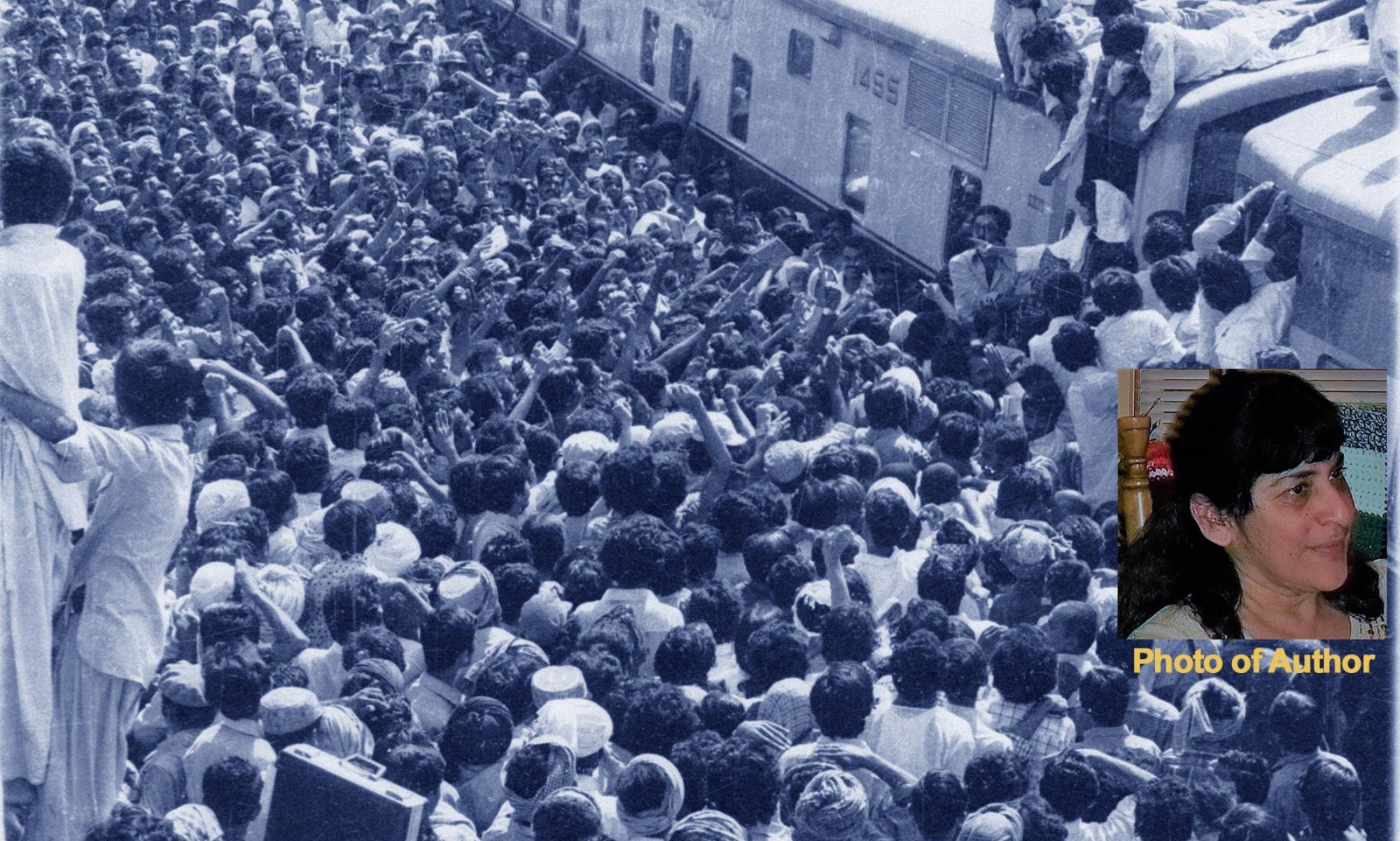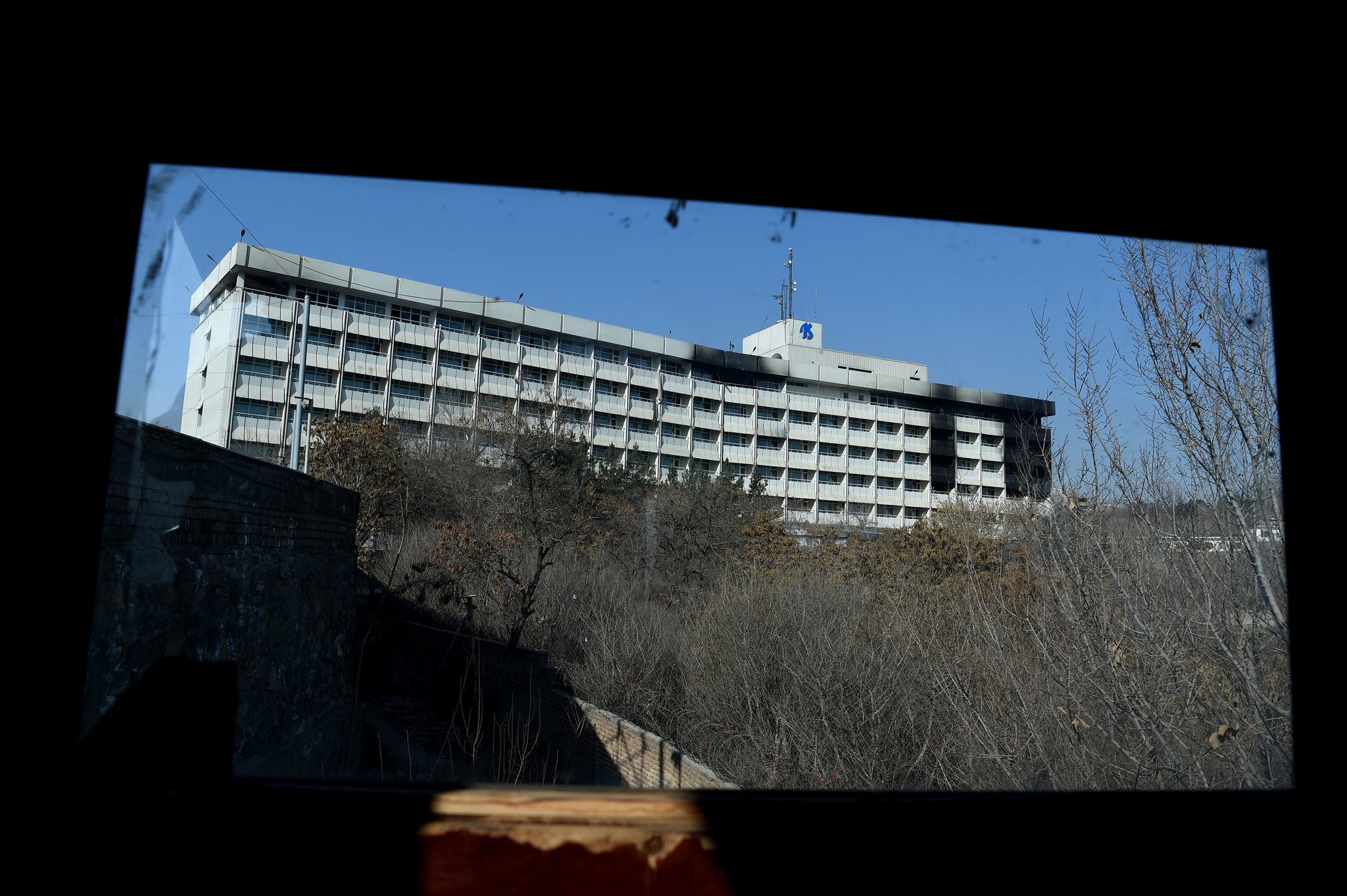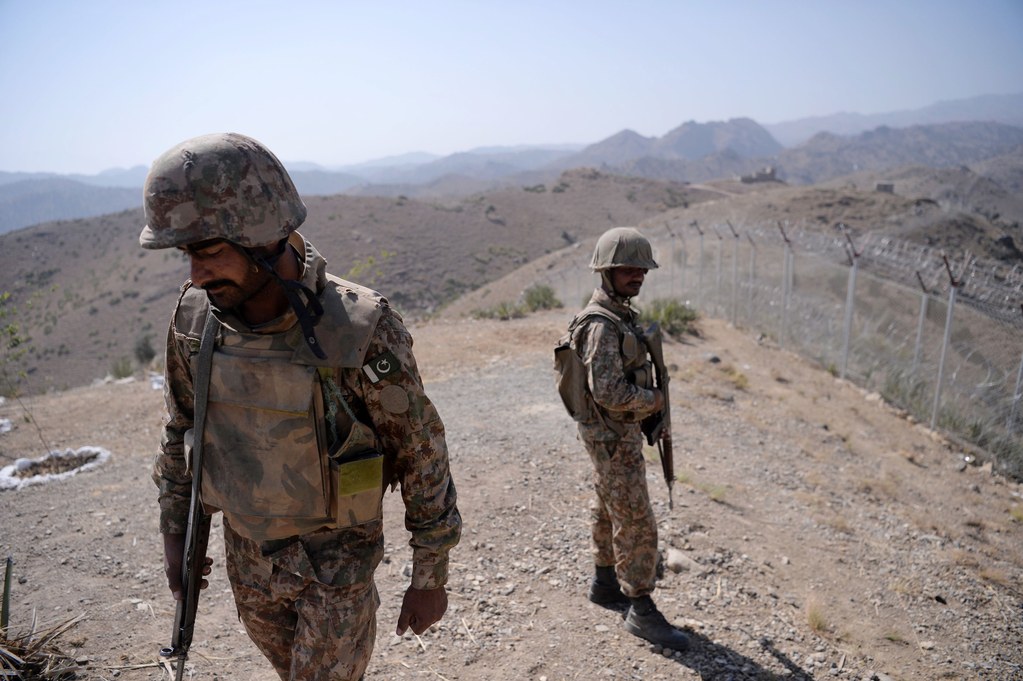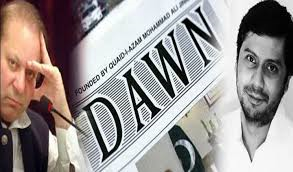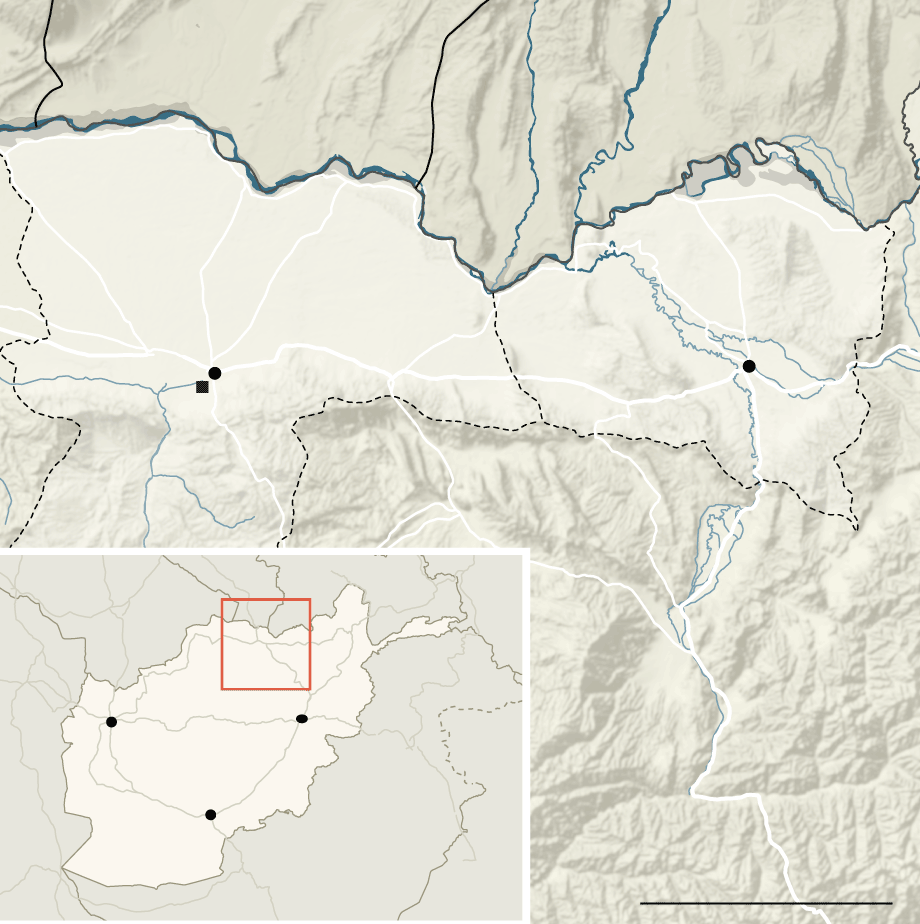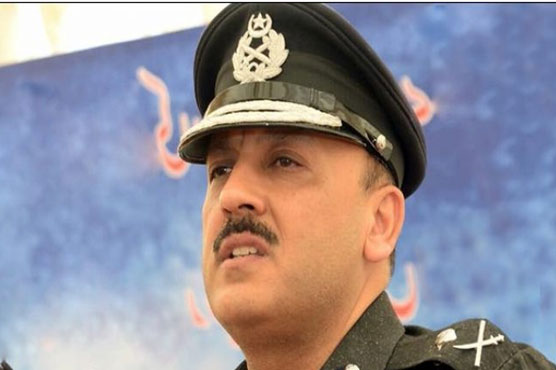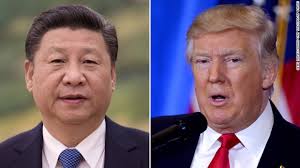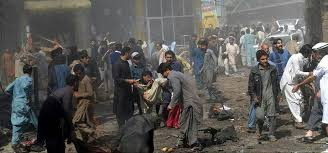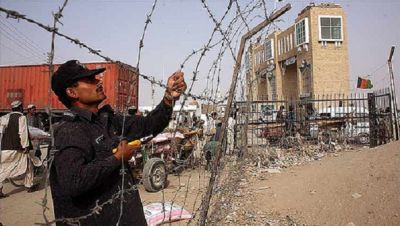WASHINGTON — When President Trump welcomes President Xi Jinping of China to his palm-fringed Florida club for two days of meetings on Thursday, the studied informality of the gathering will bear the handiwork of two people: China’s ambassador to Washington and Mr. Trump’s son-in-law, Jared Kushner.
The Chinese ambassador, Cui Tiankai, has established a busy back channel to Mr. Kushner, according to several officials briefed on the relationship. The two men agreed on the club, Mar-a-Lago, as the site for the meeting, and the ambassador even sent Mr. Kushner drafts of a joint statement that China and the United States could issue afterward.
Mr. Kushner’s central role reflects not only the peculiar nature of this first meeting between Mr. Trump and Mr. Xi, but also of the broader relationship between the United States and China in the early days of the Trump administration. It is at once highly personal and bluntly transactional — a strategy that carries significant risks, experts said, given the economic and security issues that already divide the countries.
While Chinese officials have found Mr. Trump a bewildering figure with a penchant for inflammatory statements, they have come to at least one clear judgment: In Mr. Trump’s Washington, his son-in-law is the man to know.
Mr. Kushner first made his influence felt in early February when he and Mr. Cui orchestrated a fence-mending phone call between Mr. Trump and Mr. Xi. During that exchange, Mr. Trump pledged to abide by the four-decade-old “One China” policy on Taiwan, despite his earlier suggestion that it was up for negotiation. ‘
Now, officials said, Mr. Trump wants something in return: He plans to press Mr. Xi to intensify economic sanctions against North Korea to pressure the country to shut down its nuclear weapons and ballistic missile programs. He has also vowed to protest the chronic trade imbalance between the United States and China, which he railed against during his presidential campaign.
China’s courtship of Mr. Kushner, which has coincided with the marginalization of the State Department in the Trump administration, reflects a Chinese comfort with dynastic links. Mr. Xi is himself a “princeling”: His father was Xi Zhongxun, a major figure in the Communist revolution who was later purged by Mao Zedong.
Not only is Mr. Kushner married to the president’s daughter Ivanka, but he is also one of his most influential advisers — a 36-year-old with no previous government experience but an exceptionally broad portfolio under his father-in-law.
“Since Kissinger, the Chinese have been infatuated with gaining and maintaining access to the White House,” said Evan S. Medeiros, a senior director for Asia in the Obama administration. “Having access to the president’s family and somebody they see as a princeling is even better.”
Former American officials and China experts warned that the Chinese had prepared more carefully for this visit than the White House, which is still debating how harshly to confront Beijing, and which has yet to fill many important posts in the State Department. Several said that if Mr. Trump presented China with an ultimatum on North Korea, it could backfire.
Shortly after winning the election, Mr. Trump said he might use the “One China” policy, under which the United States recognizes a single Chinese government in Beijing and has severed its diplomatic ties with Taiwan, as a bargaining chip for greater Chinese cooperation on trade or North Korea.
Mr. Trump had thrown that policy into doubt after taking a congratulatory phone call from the president of Taiwan. That caused consternation in Beijing, and Mr. Xi refused to get on the phone with Mr. Trump until he reaffirmed the policy.
After the two leaders finally spoke, the White House said in a statement that the men had “discussed numerous topics, and President Trump agreed, at the request of President Xi, to honor our One China policy.” Mr. Trump insisted on that wording, according to a person briefed on the process, because he wanted to make clear that he had made a concession to Mr. Xi.
Since that call, Mr. Cui has continued to cultivate the Kushner family. Later in February, he invited Ivanka and the couple’s daughter, Arabella, to a reception at the Chinese Embassy to celebrate the Lunar New Year.
Inside the White House, the most visible sign of Mr. Kushner’s influence on China policy came in March at the beginning of a meeting of the National Security Council’s “principals committee” to discuss North Korea.
He was seated at the table in the Situation Room when Gen. Joseph F. Dunford Jr., the chairman of the Joint Chiefs of Staff, walked in. Seeing no chairs open, General Dunford headed for the backbenches, according to two people who were there. Mr. Kushner, they said, quickly offered his chair to General Dunford and took a seat along the wall.
While administration officials confirm that Mr. Kushner is deeply involved in China relations, they insist that Secretary of State Rex W. Tillerson has taken the lead on policy and made many of the decisions on the choreography and agenda of the meeting at Mar-a-Lago.
In March, Mr. Tillerson made his first trip to Beijing as secretary of state, during which he and Mr. Xi discussed the planning in a 30-minute meeting. He was criticized afterward for repeating the phrases “mutual respect” and “win-win solutions,” which are drawn from the Chinese diplomatic lexicon and have been interpreted to assert a Chinese sphere of influence over the South China Sea and other disputed areas.
A senior American official said that Mr. Tillerson applied his own meaning to those phrases — “win-win,” he said, was originally an American expression — and was not accepting China’s definition. He said the secretary had adopted a significantly tougher tone in private, particularly about China’s role in curbing North Korea’s provocations.
Mr. Kushner has passed on proposals he got from Mr. Cui to Mr. Tillerson, who in turn has circulated them among his staff in the State Department, officials said. But the department’s influence has been reduced as many positions remain unfilled, including that of assistant secretary for East Asian affairs. Though Mr. Tillerson has kept a low profile, officials said he was trying to develop his own relationship with Mr. Trump at regular lunches and dinners.
Mr. Kushner’s involvement in China policy prompted questions after reports that his company was negotiating with a politically connected Chinese firm to invest hundreds of millions of dollars in his family’s flagship property, 666 Fifth Avenue in Manhattan.
On Wednesday, amid the glare of negative publicity, Mr. Kushner’s company ended negotiations with the firm, the Anbang Insurance Group.
Another question hanging over the meeting is whether the hard-liners in the White House will wield their influence. Mr. Trump ran for the presidency on a stridently anti-China platform, accusing the Chinese, wrongly, of continuing to depress the value of their currency, and threatening to impose a 45 percent tariff on Chinese imports.
The architects of that policy — Stephen K. Bannon, the chief strategist, and Peter Navarro, the director of the National Trade Council — have said little publicly about China since entering the White House. But on Thursday, Mr. Trump predicted that the meeting would be “very difficult” because, as he said on Twitter, the United States would no longer tolerate “massive trade deficits.”
By inviting Mr. Xi to Mar-a-Lago, Mr. Trump’s “Southern White House,” the president is conferring on him the same status as Prime Minister Shinzo Abe of Japan, who spent two days in Florida, playing golf with the president and responding to a crisis after North Korea tested a ballistic missile. Such a gesture is particularly valuable, experts said, given that China is not an ally like Japan.
Mr. Xi does not play golf — as part of his anti-corruption campaign, he cracked down on Communist Party officials’ playing the sport — so he and Mr. Trump will have to find other ways to fill the 25 hours that the Chinese president will be at the club. On Thursday evening, Mr. Trump and his wife, Melania, will host Mr. Xi and his wife, Peng Liyuan, for dinner.
There are obvious parallels between the Mar-a-Lago meeting and the 2013 summit meeting at Sunnylands in California, Walter Annenberg’s 200-acre estate, where President Barack Obama and Mr. Xi got acquainted over long walks in the desert landscape and a dinner of grilled porterhouse steaks and cherry pie. But there are important differences, too.
By the time Mr. Obama met with Mr. Xi in California, they had already met once before, when Mr. Xi was vice president. Mr. Xi held extensive meetings with Vice President Joseph R. Biden Jr., traveling with him around the United States. Some former officials said the Mar-a-Lago meeting might reveal the disparity in experience between the two leaders and their teams.
“Sunnylands was difficult because Xi was new, while Obama had his sea legs,” said Mr. Medeiros, the former Obama administration official. “What’s interesting is that the polarity here is reversed. Xi has his sea legs; Trump does not.”
Adam Goldman contributed reporting.
